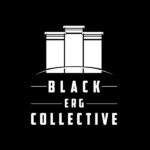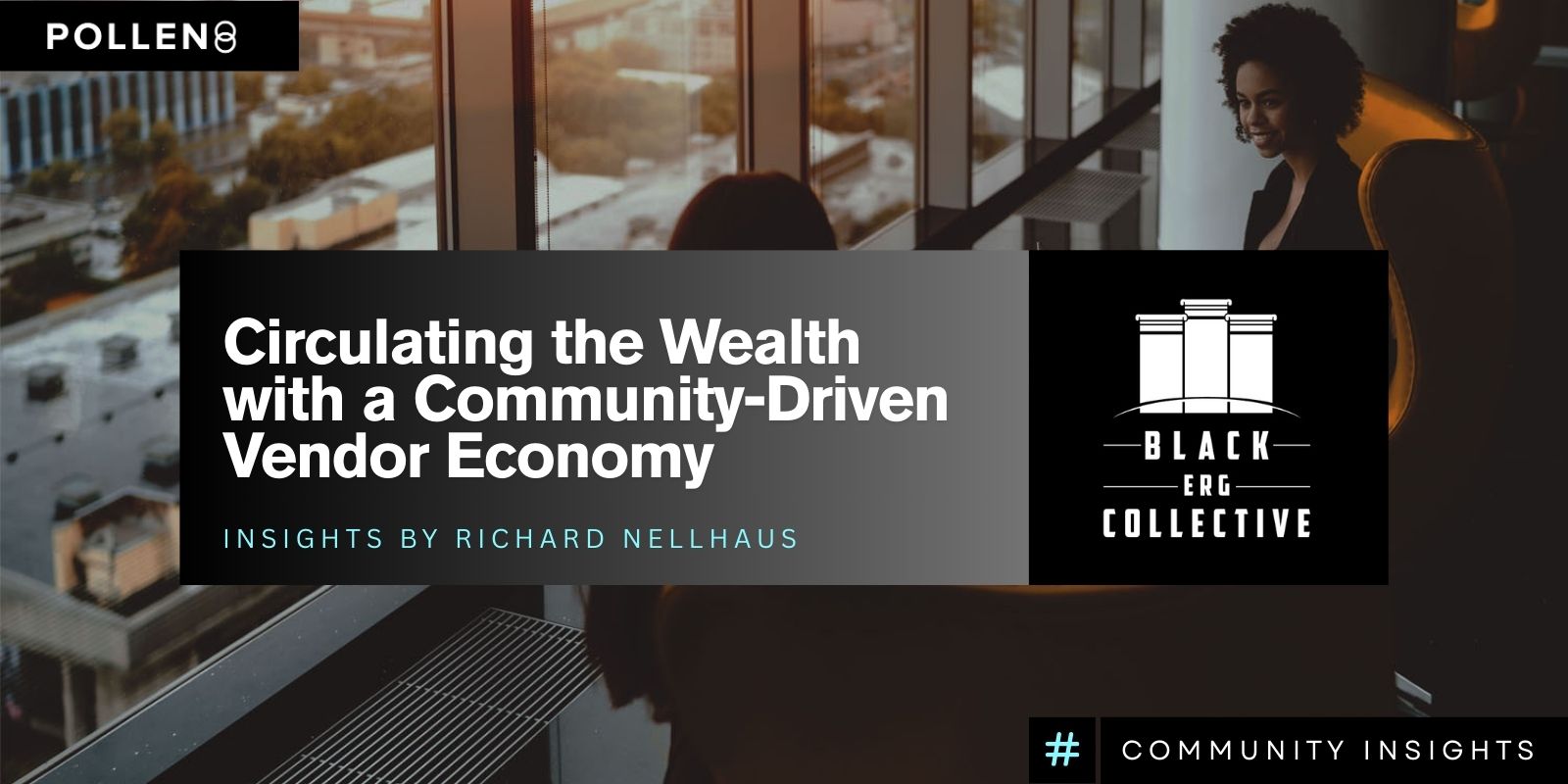Circulating the Wealth: How BTM and the BERG Collective Built a Community-Driven Vendor Economy
For Richard Nellhaus, community is about contracts, clients, and economic mobility. Richard is the founder of the BERG Collective (inclusive of the Black Tech Meetup (BTM) and the Black Employee Resource Group Collective) – a NY based community that serves over 10,000 Black professionals across tech, sports, finance, and creative industries. BTM focuses on the tech vertical, while the BERG Collective takes a broader, cross-industry approach.
Across both communities, we noticed that one theme has remained consistent: community members aren’t only invited to attend but they’re built into the operational fabric. The photographers, designers, videographers, caterers that are weaved into the making of Richard’s events – these are often existing members, not external vendors. And that’s by design.
It sounds obvious: hire people from your own community. But Richard took it further. He built an entire operational layer to make it standard, scalable, and sustainable.

“We’ve got videographers, photographers, caterers — and we use them for every single event… We like to keep our money in the community. And we’ve got people doing real work so we give them opportunities first.”
These communities built something genuinely powerful behind the scenes – a comprehensive system that transforms member support from casual to intentional. They don’t just say “check out this photographer in our group” and call it a day. They meticulously track every vendor interaction in Airtable, document exactly who landed what opportunities, and circle back to measure real outcomes.
This accountability transforms what could be forgettable referrals into measurable economic impact. And the payoff is huge: concrete data showing that community participation directly translates to dollars earned, contracts signed, and careers advanced. It’s the difference between hoping your community helps people and knowing exactly how much it does.

“Some vendors have seen real returns. Some have told us they got booked by Google after working with us. One of them did headshots. They came back and said, ‘Here’s how much they paid us.’ They didn’t have to tell us - they just wanted to share that win.”
When you hear that, it’s hard not to rethink the way most communities approach engagement. It’s easy to focus on programming and skip the economic layer. But that’s where BTM found real traction.
Richard didn’t have to build a vendor directory later into the community build because it was baked in from the start. Vendors were part of the ecosystem and not just supporters on the sidelines. And because the infrastructure was intentional, it made it easier for companies like Meta, Google, and the NBA to plug in as not only sponsors but clients.

“We’ll pay what we can. But really, we’re trying to get them in the door — get them onboarded as vendors at companies like Meta and Google. That’s where things start to grow.”
The impact grew exponentially as momentum built. Members quickly realized this wasn’t your typical “let’s exchange business cards” networking space. Instead, it evolved into their primary pipeline for consistent work, a powerful platform for building professional credibility, and their gateway to opportunities that would remain firmly out of reach if they were hustling solo.

Here’s what community builders can take away:
From a systems standpoint, this approach required a few key things:
- A centralized database (Airtable) to track activity
- Regular follow-up to understand vendor impact
- A culture where referrals are the norm, not the exception
- Relationships with larger institutions to help members scale their work
Their approach uses straightforward, practical systems – nothing complicated or trendy. But these simple tools create genuine infrastructure that sustains economic growth throughout the entire community. The brilliance lies in its accessibility and repeatability.
And it made something possible that many communities struggle with: circulating internal value instead of constantly seeking it externally.
Another subtle but important move: BTM doesn’t just work with vendors once. They use them consistently for repeat events, for panels, for documentation, for media. That kind of repetition builds trust and experience on both sides. And it helps community members refine their offerings, sharpen their service, and grow their business.
It’s also worth noting that this isn’t only about gig work. Richard and his team are angel investing in some of these businesses. They’re helping members get procurement-ready. They’re bringing them into the fold not just as vendors but also as founders, partners, and long-term collaborators.
There’s definitely a lesson here: community can be a space for connection but it can also be a platform for upward mobility if you design for that from the beginning.
What’s Next?
We’re fired up for what’s ahead and looking forward to seeing our Dot Connector community grow over the coming year. Our vision is to get sharper and closer to building something that truly works and transforms the work of community leaders/builders across the board.
Create a Dot Connector profile with us to stay updated with our launches.
Even better, Schedule a Dot Connector Convo with our team;
we want to hear from you if you’re a community leader/organizer.
Our content rollout is coming! Stay tuned for more in-depth content, including interviews, insights from our recent events, and upcoming opportunities to collaborate directly. Follow us, keep an eye on our newsletter, and join us at future events where we’ll continue these conversations. Your stories and involvement is what makes this all possible.
Onward and Upward,
The Pollen8 Team


